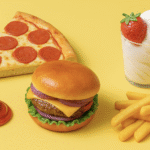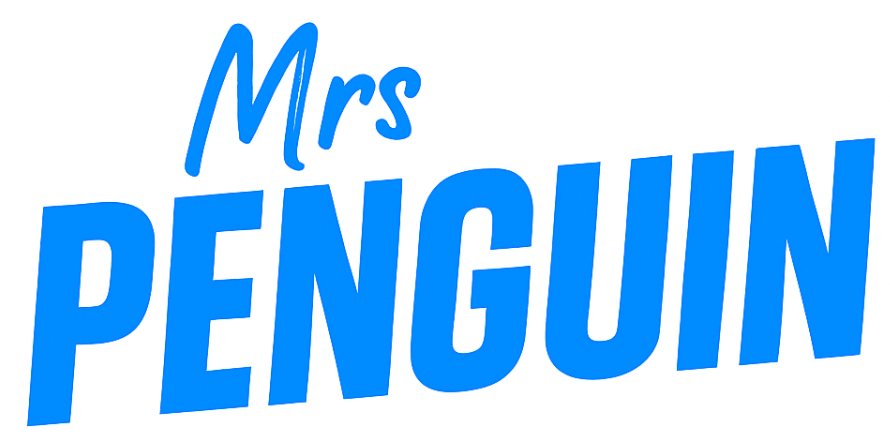- Food brands are embracing NFT-inspired packaging, turning everyday items into collectible keepsakes.
- Limited runs and digital tie-ins are creating hype similar to blockchain art culture.
How NFT Culture Is Inspiring Collectible Food Packaging
NFTs may have cooled off in the crypto market, but their cultural impact is far from over. Food brands are now taking a page from digital art, using NFT-inspired strategies to reimagine something as simple as packaging. From limited-edition cereal boxes to QR-code-linked snack wrappers, the idea is clear: make packaging collectible, not disposable.
This trend builds on the psychology that made NFTs popular in the first place—scarcity, exclusivity, and status. A candy bar wrapper might not be blockchain-verified, but if it’s part of a short run tied to a cultural moment, it can become a prized item for fans. According to Food Dive, brands like Taco Bell and Pringles have already dabbled in NFT promotions, sparking interest in how digital hype can spill into real-world products.
From Digital Scarcity to Shelf Appeal
Collectible packaging isn’t new—think vintage Coca-Cola bottles or McDonald’s Happy Meal toys—but NFT culture has added a modern twist. Today’s limited packaging often includes digital tie-ins, such as unique QR codes linking to AR experiences or downloadable art. This mash-up of physical and digital assets resonates with younger consumers who grew up navigating both worlds.
For brands, it’s also a clever way to create buzz. Limited packaging generates urgency, making customers more likely to buy before the design disappears. It also gives fans something to flaunt on social media, further amplifying the hype.
Food as a Status Symbol
In a sense, NFT-inspired packaging transforms everyday foods into cultural badges. Carrying a rare bag of chips or a one-off soda can becomes a subtle form of clout, much like owning a digital collectible once was. Even if the blockchain aspect is missing, the social currency is the same: you’re part of a trend-savvy community.
Major companies are taking note. Pepsi launched a FAO report on innovation in food systems highlighting how consumer engagement is shifting, while smaller startups are experimenting with serialized packaging drops tied to events, seasons, or influencer collabs. The endgame? Food packaging that’s no longer just a wrapper—it’s an experience.
The Bigger Picture
NFT culture may have started in the digital art market, but its ripple effect is changing the way we think about everyday items. By treating packaging as collectible, food brands are tapping into a blend of nostalgia, exclusivity, and modern hype. Whether you call it clever marketing or culture-jacking, one thing is certain: your next snack might come in a wrapper worth keeping.
Related posts:
Jacklyn is a San Diego–based food journalist with a background in the confectionery world. Before diving into food reporting, she worked at a startup crafting plant-based, low-sugar sweets designed to make candy a little healthier







